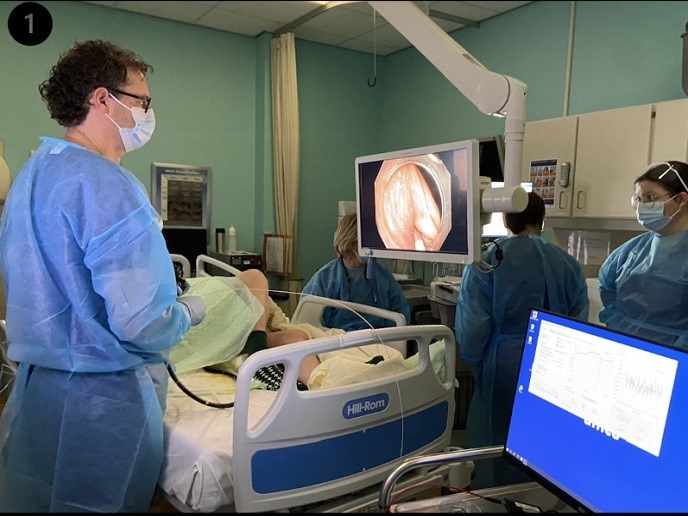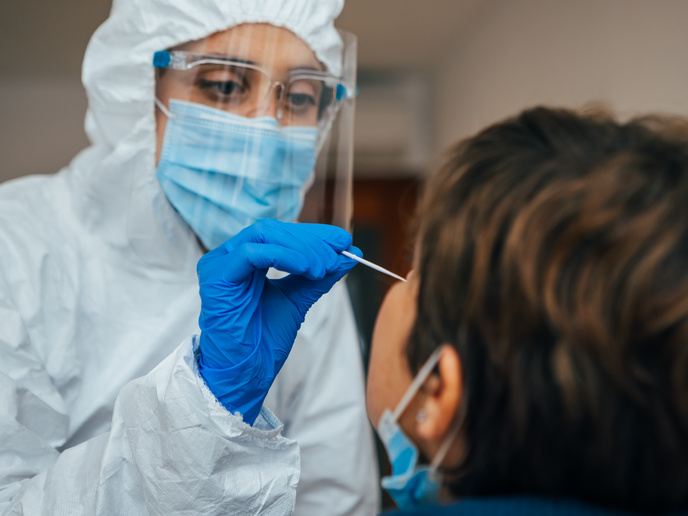Seeing the deeper meaning of life
Non-linear microscopy including two-photon or multi-photon microscopy is breaking new ground enabling the high-resolution, 3D visualisation of cells and tissues. Their ultrashort light pulses have high peak powers with low pulse energy, providing good resolution without damaging nearby cells. The EU-funded project ‘Spatio-temporal engineering of light. Ultimate multiphoton microscopy’ (STELUM) exploited additional characteristics of the pulses for major enhancements in visualisation. Researchers at the “Super-resolution Light Microscopy & Nanoscopy Lab” used beam shaping to modify the spatial and temporal characteristics of the pulse in two-photon fluorescence microscopy by means of adaptive optics, relying on unique performances of HASO wavefront sensor and Mirao 52-e deformable mirror. For the first time ever, sample-induced aberrations in non-linear microscopy could be measured and corrected in a single step. In addition, the correction was accomplished without any modification to the sample. This resulted in an increased contrast, enhanced transverse resolution, larger imaging depth. When applied to fixed or in vivo biological samples such as living C. Elegans and brain tissues, the technique was able to enhance signal intensity by more than 10 times. STELUM also developed a plug & play prototype combined with specific algorithms to correct aberrations from deep penetrations, now ready for commercialization. Although such algorithms have been applied in laboratories, none were available on the market.Researchers are also working on the development of a multi-photon endoscope for clinical applications. To ensure proper use of such endoscope, STELUM’s researcher developed a user-friendly graphical user interface that will make pulse characterization a piece of cake with minimal modifications to the microscope platform. Pioneering work increasing the performance of non-linear microscopy for high-resolution imaging of living cells will be welcomed by a huge field of researchers. Untangling the mechanisms of biological function will aid in the development of clinical applications that will increase impact on EU citizens and their quality of life.







